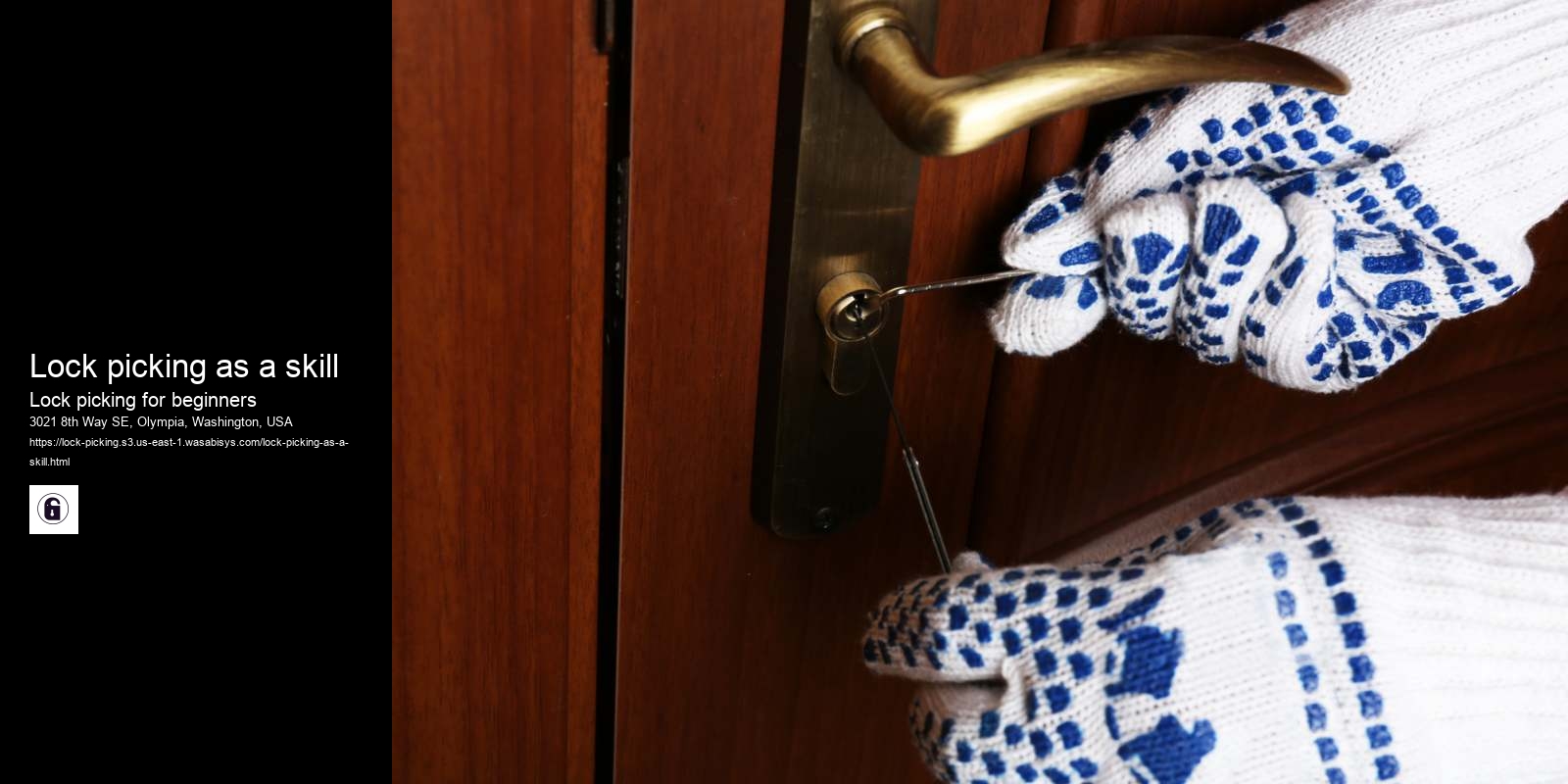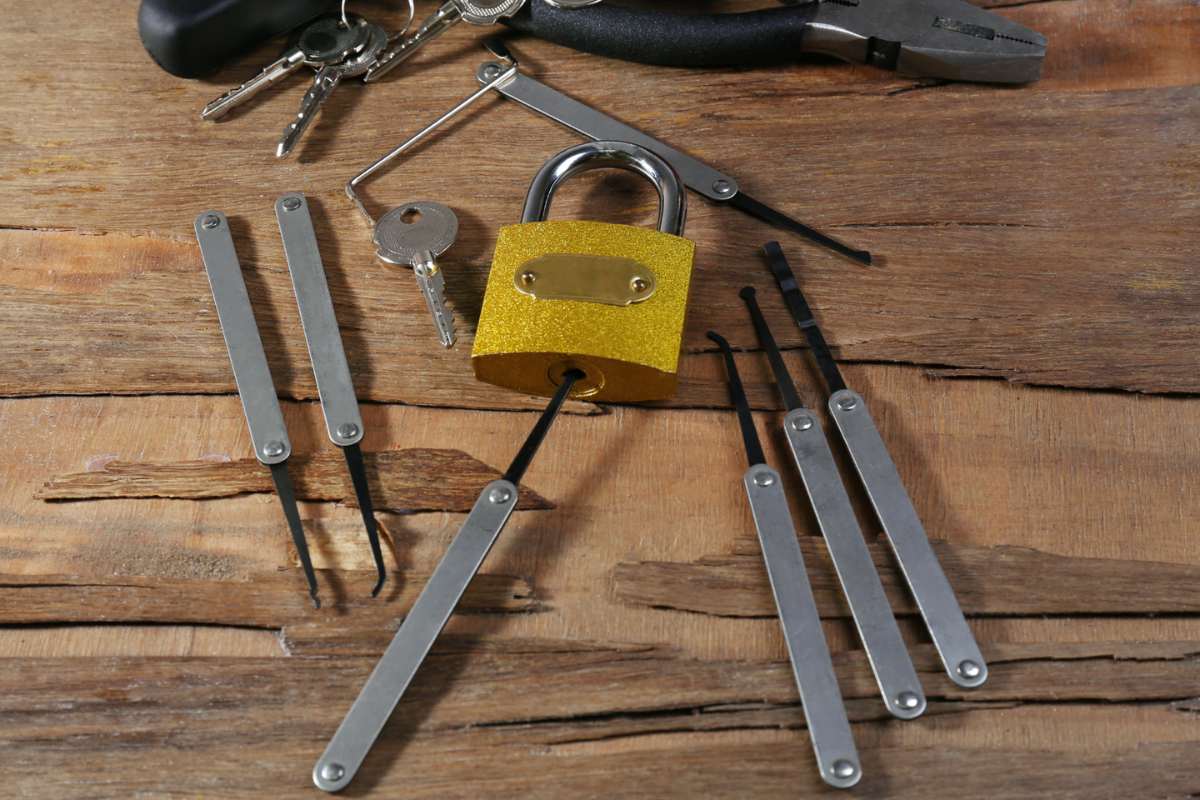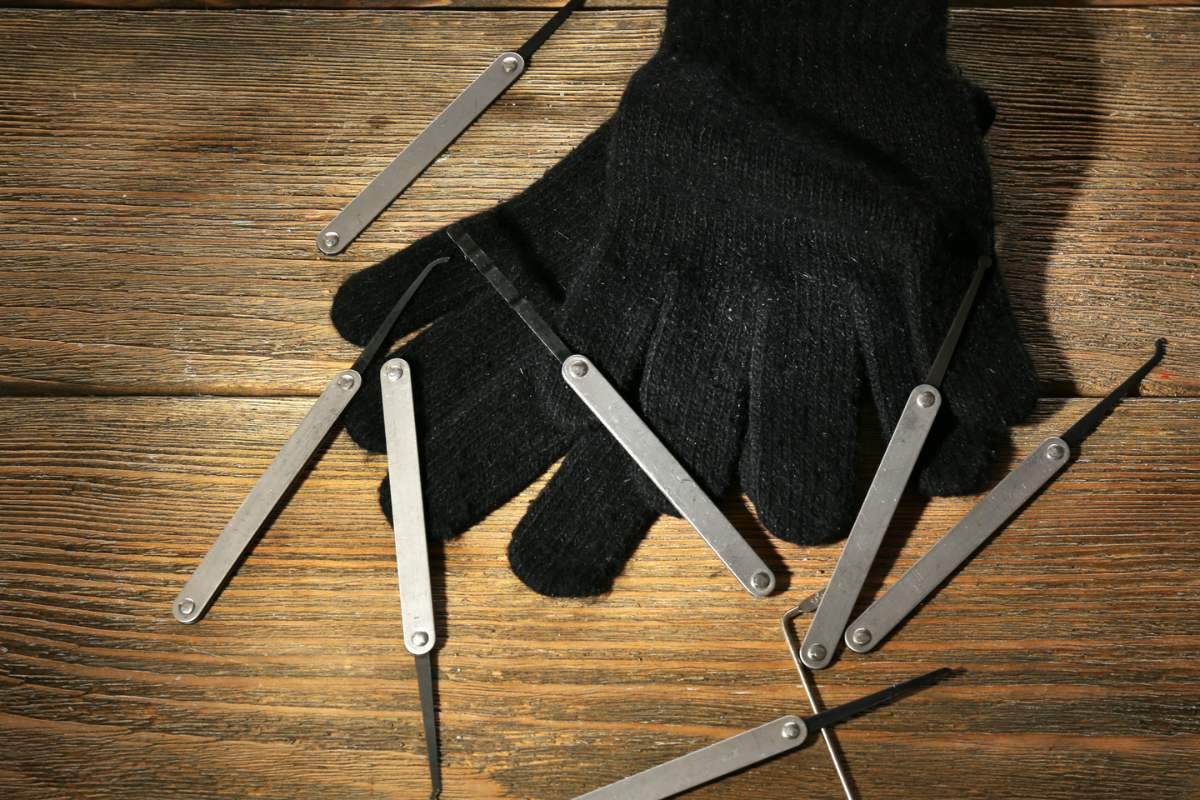What is a pick gun?
Ultimately, the amount of time it takes to learn lockpicking will depend on the individual and their level of commitment to the practice. With regular practice and a willingness to learn and improve, it is possible to develop a high level of skill in lockpicking over time.
The specific tools needed for lockpicking can vary depending on the type of lock being picked and the techniques being used. However, there are a few basic tools that are commonly used in lockpicking.
The most basic tool used in lockpicking is the pick, which is a thin, pointed instrument used to manipulate the pins or other internal components of the lock. Picks can come in a variety of shapes and sizes, depending on the specific lock being picked and the preferences of the lockpicker.
Another common tool used in lockpicking is the tension wrench, which is used to apply tension to the lock's cylinder or core, allowing the lockpicker to feel for the correct pin positions and manipulate them with the pick. Tension wrenches can come in various shapes and sizes as well, depending on the lock being picked and the preferences of the lockpicker.


